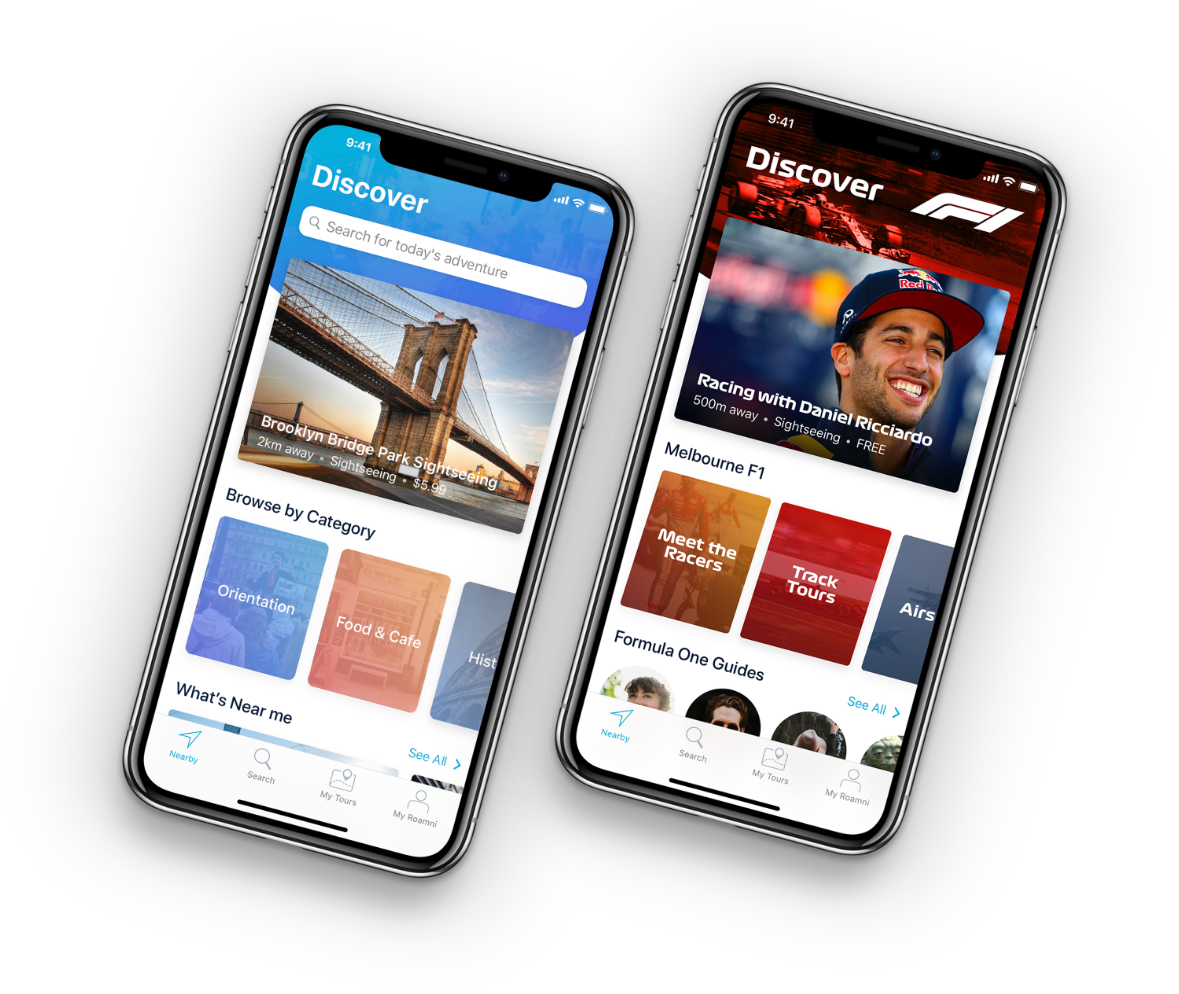What Are the Pros and Cons of Building No-Code Apps Using AI?

Editor’s note: A guest author writes this article and doesn’t represent the official views or endorsements of our platform regarding any Appetiser Apps products or services mentioned. We value diverse perspectives and are pleased to share this guest contribution with our readers.
The democratization of technology represents a significant change in how technological resources are accessed and used. It goes beyond traditional boundaries and gatekeeping by allowing a diverse spectrum of individuals and companies to employ cutting-edge tools and technologies for digital innovation. It encourages growth in the inclusive digital ecosystem.
The rise of no-code AI platforms, which are removing the technological barriers that formerly limited AI development to experts with specialized programming knowledge, is driving this trend. These no-code solutions make it simple for business analysts, entrepreneurs, and non-technical users to create, develop, and launch AI-driven products.
What does the data say?
This innovation is about people, not just technology. Without creating a single line of code, it’s about people using AI to realize their innovative ideas in real time, entrepreneurs reinventing their industries, and healthcare professionals improving patient care. No-code AI, valued at an astounding USD 3.06 billion in 2022 and expected to rise at a strong 27.3% CAGR through 2030, is not only thriving but also transforming the tech industry with its promise of inclusion and quick expansion.
What is no-code AI?
No-code AI, sometimes called codeless AI, is a quickly expanding subset of AI that aims to make AI understandable to a wider range of people, including non-technical ones. This method uses no-code development platforms with visual app interfaces, which enable users to deploy AI and machine learning models without writing any code, thanks to their user-friendly, visually appealing, and frequently drag-and-drop interfaces.
These platforms enable non-technical individuals to categorize and analyze data and create precise prediction models and custom applications in a fraction of the time required with conventional coding techniques, streamlining the historically intricate processes of AI development and implementation.
There are many different types of no-code AI tools, including those with pre built components from specialized no-code AI solutions to automation platforms that incorporate AI features into their no-code user interfaces, like robotic process automation software.
What are the pros of no-code AI development?
Because of its many benefits, no-code AI is a desirable choice for companies and individuals who want to use AI without prior coding experience. No-code AI has the following advantages:
1. Quick development and prototyping
No-code AI allows users to design AI apps and prototype them quickly. Drag-and-drop interfaces allow users to construct and refine AI models rapidly, cutting down on development time and accelerating the rollout of AI solutions.
2. Enhanced cooperation
No-code AI encourages cooperation between teams that are technical and those that are not. Business professionals can cooperate with data scientists and engineers to actively contribute to the development of AI solutions, producing a more thorough and significant result.
3. Lower development expenses
No-code AI can significantly reduce AI development costs by eliminating the need for specialist data scientists or software developers. AI initiatives are affordable for companies of all sizes since non-technical people may undertake the development tasks, allowing businesses to scale their AI solution .
4. Reduced barriers to the use of AI
Companies that are reluctant to invest in AI because of perceived complexity or resource limitations, AI offers a low entry hurdle. This incentivizes further companies to investigate and implement AI technologies.
5. Democratization and accessibility
A wider range of people, including domain experts, business analysts, and non-technical users, may engage in AI development. This democratization of AI enables anyone with useful data and insights to develop AI solutions without complex programming knowledge. There’s also the opportunity to add pre-made AI models and tools to the platform that can be used for various tasks, including AI data integration, predictive analytics, picture recognition, and natural language processing.
There’s also a low-code app development option, but is it also worth it? It totally depends on what kind of app you want to pursue and how scalable you want it to be.
What are the cons of no-code AI development?
Because non-technical teams are tasked with delivering products and services digitally, this democratization saves time and development resources, but there are some issues that non-technical individuals can’t fully anticipate, such as the technological ramifications. Other important challenges to think about are as follows:
1. Developers lose control over the finished product
Although AI-powered features are meant to streamline the production process, developers are mostly concerned about maintaining control over their work. The unique feature of products like App Builder is that we provide users with editable code and total control. You own anything you create on the platform, including the ability to export production-ready code for Web Components, Blazor, Angular, and other frameworks.
2. Unempathetic user experience
AI-driven features try to make the development process simpler, but they have trouble striking a balance between automation and user control. Even if developers have previously described specific parameters, they are confined to AI-generated recommendations that might not be in line with their tastes or vision. As a result, app design loses its human component, which inhibits creativity and stops encouraging innovation.
3. Unusable, poor-quality code
Another drawback of AI-generated code is that it frequently prioritizes quantity over high-quality, error-free code. Teams are therefore compelled to jeopardize the long-term maintainability of their projects, which hinders their ability to quickly identify and debug any potential problems.
4. Lower daptability and flexibility
Low-code platforms give customers the freedom to modify apps to meet their unique needs by adding unique workflows, integrations, and business logic. However, for AI models to generalize across various use cases or adjust to changing requirements, they might require a great deal of training and modification.
5. Compliance and security
Automated procedures might not provide the careful code quality checking needed to guarantee that apps created with AI models meet industry standards and criteria. This could therefore result in code flaws or vulnerabilities and compliance problems, which could expose the project as a whole to security threats and legal concerns that would be expensive and time-consuming to fix after release.
You can also read this comprehensive guide on mobile app security for more in-depth insights into compliance and security.
Use cases of no-code AI across industries
Various industries have been significantly impacted by no-code AI, which has a broad range of useful applications. Here are a few noteworthy examples of no-code AI use cases:
1. Finance
Financial businesses can use no-code AI technology for fraud detection, sentiment analysis, predictive analytics, and consumer data analysis. Without the need for coding, these technologies do tasks including analyzing historical data, building linear regression models, and integrating artificial intelligence (AI) for risk assessment. They also make it easier to create accurate predictive models.
2. Healthcare
No-code AI tools help medical professionals examine both structured and unstructured data for predictive analytics, image classification (MRIs or X-rays), and patient diagnostics. AI use in medical research and operational efficiency is accelerated by this no-code method.
3. Manufacturing
Using computer vision and automated machine learning, no-code AI platforms help industrial organizations carry out activities like item detection, anomaly detection, and predictive maintenance. Without requiring knowledge of data science, these tools may also evaluate corporate data and streamline procedures.
Final thoughts
No-code AI is a paradigm shift in artificial intelligence and application development. Thanks to its user-friendly interfaces and pre-built machine learning models, no-code AI enables anyone with little to no coding knowledge to take advantage of AI’s promise of use cases across many industries.
Organizations of all sizes may now use AI technologies without the need for significant financial investments or a large data science workforce, which makes the advantages of no-code AI clear. No-code AI levels the playing field by democratizing AI development, enabling even small and mid-sized businesses to embrace AI technology and spur innovation.
As AI becomes popular, many firms are adopting this technology, which has led to its widespread application. This will have a big impact on how we make apps and speed up the development of AI. Because no-code AI makes AI simple to use for individuals and businesses, it promotes innovation and makes AI solutions available to everyone.
About the Contributing Author
 Ankita Malhotra is an outreach specialist at SaaSifypro.com. With more than four years of experience along with communication skills, she develops and implements effective outreach strategies that deliver goal-oriented results.
Ankita Malhotra is an outreach specialist at SaaSifypro.com. With more than four years of experience along with communication skills, she develops and implements effective outreach strategies that deliver goal-oriented results.

Maria Krisette Lim is a Content Marketing Specialist with 14 years of experience producing web and print ad content. Krisette has a BSBA degree, major in Business Management and Entrepreneurship. When she’s not tinkering with words and punctuation, she’s either curled up with a book while sipping hot tea, playing with her toddler, or tinkering with website builders.


